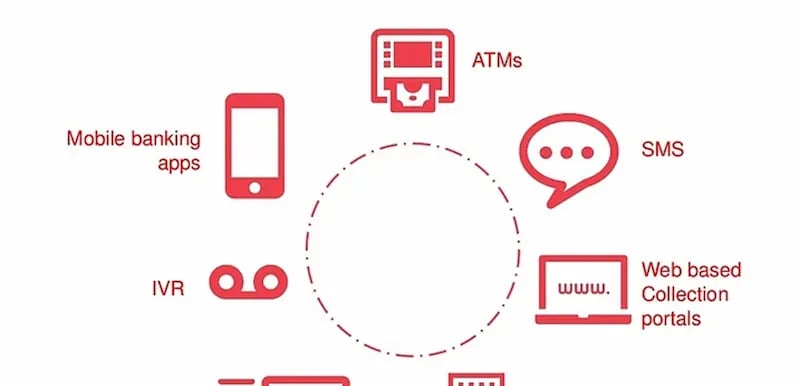Exus Blog Article
Agent Incentives for better Customer Communication

Incentivizing your collectors is key towards better team management, motivation and performance increase. Daily motivation is critical, even after extensive training is offered to collections professionals. When they have it, they perform better and achieve higher collection rates. Incentive programs must be smartly designed and comprise a mix of KPIs in order to actually increase collection results.
This post offers tips on how collections managers can structure incentive programs so that collectors work harder and smarter to improve results.
The Importance of Incentive Schemes
Personnel costs are the greatest expense for a collections department. That’s why incentives are so important: they encourage collector improvement in areas like compliance, communication, and technology usage with real-world rewards. Done right, they attract and retain top talent, which gives your department a serious competitive advantage. A department that cares for its personnel and takes the time to motivate them will be happy with results.
But, to achieve this result, you need to structure your incentive program with certain best practices in mind.
Structure of an Incentives Program
Your incentive program should start with daily feedback about collector performance. Both positive and negative feedback is essential and impacts a collector’s performance.
Positive feedback improves self-esteem, competence, and confidence, whereas negative feedback drives training activities and behavioral change. You’ll need to experiment with the right mix, but the fact remains: collectors can’t improve if they don’t know what they’re doing right and wrong.
Keep your collections incentive program simple, too. Pick a few dynamic goals you’d like to improve in your department and associate an improvement goal with each one. Finally, set a date by which you’d like to complete the goal.
There are different types of incentives you can offer your collectors: financial incentives and non-financial incentives.
Financial incentives take the form of pay raises, bonuses, and commissions. These are around 10 to 15% of the monthly salary. They shouldn’t exceed 20%, as you don’t want to create an atmosphere of entitlement.
Examples of non-financial incentives include clothing, vouchers, parking spaces, gifts, and days off. Get creative with these, and present your collectors with something they'll enjoy.
Once you’ve selected the proper incentives, it’s time to execute the incentive program. Here’s a sample.
How to Execute an Incentive Program [Sample Program]
- Centralize collections performance with a single dashboard. The easiest way to do this is with debt collection software.
- Track the amount collected per collector over a set timeframe using the central dashboard. (Try quarterly or bi-annually to start.)
- Plot out the average amount collected per hour worked across the department.
- Determine what exceptional performance looks like based on your goals. For example, if your department’s goal is to collect 10% more this quarter, set 10% or 15% above average.
- Award simple, appealing incentives when you see collectors reach their goals.
Now that you know how to structure an incentives program, you’ll soon see better results. One area you’ll want to incentivize better performance in is collector communications.
